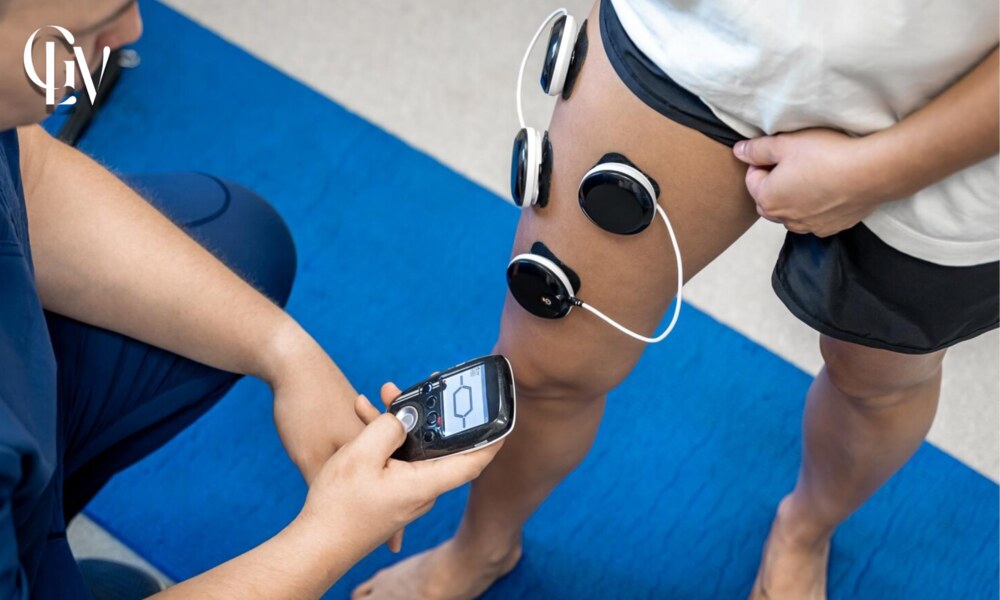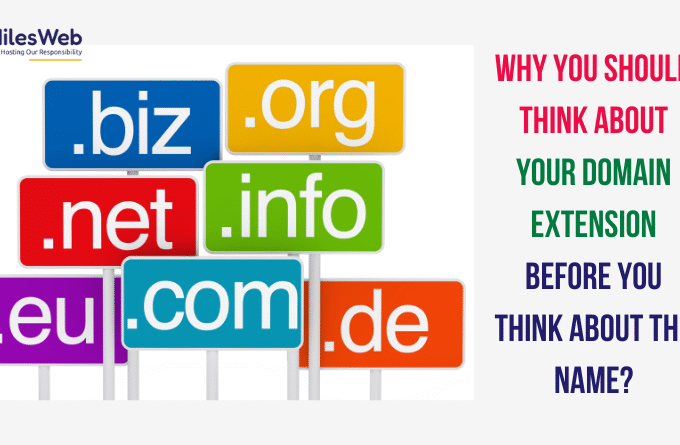Wearable Health Tech and Remote Monitoring: Transforming Healthcare Delivery

In recent years, wearable health technology and remote monitoring have emerged as game-changers in the healthcare industry. These innovative tools are helping individuals manage their health more effectively, offering continuous, real-time data collection that enables early detection of health issues and empowers patients to take control of their well-being.
As healthcare systems increasingly adopt digital solutions, wearable devices and remote monitoring are playing a pivotal role in enhancing patient care and improving health outcomes.
The Rise of Wearable Health Technology
Wearable health technology includes a wide range of devices, such as smartwatches, fitness trackers, heart rate monitors, and even smart clothing, all designed to track various aspects of health. These devices collect data on vital signs like heart rate, blood pressure, steps taken, sleep patterns, and even more advanced metrics like blood oxygen levels and ECG (electrocardiogram).
Popular devices like the Apple Watch, Fitbit, and Oura Ring have become household names, offering users real-time insights into their physical activity, sleep, and even stress levels. With sensors that continuously monitor health metrics, these wearables can help individuals make healthier lifestyle choices by providing actionable feedback on their daily routines and habits.
Remote Monitoring: Bringing Healthcare to the Home
Remote monitoring refers to the use of technology to track and monitor a patient’s health from a distance, without the need for frequent in-person visits to a healthcare facility. This is particularly beneficial for managing chronic conditions such as *diabetes, **hypertension, **heart disease, and *chronic obstructive pulmonary disease (COPD), which require ongoing monitoring and management.
Through wearable devices and sensors, patients can send data directly to their healthcare providers, allowing for continuous monitoring of vital signs. For example, continuous glucose monitors (CGMs) for diabetes provide real-time data on blood sugar levels, enabling patients to adjust their insulin doses as needed and avoid dangerous fluctuations. Similarly, wearable heart rate monitors or ECG patches can help detect abnormal heart rhythms, alerting both the patient and healthcare provider if there is a need for intervention.
This technology has become even more essential in the era of telemedicine, where remote consultations are increasingly common. By enabling doctors to monitor their patients’ conditions without requiring in-person visits, remote monitoring helps reduce healthcare costs, increases convenience, and allows for better management of chronic diseases.
Benefits of Wearable Health Tech and Remote Monitoring
1. Early Detection of Health Issues:
Continuous monitoring allows for the early detection of potential health problems. For example, abnormal changes in heart rate or blood pressure can be flagged by wearable devices, prompting patients to seek medical attention before a condition worsens. Early intervention can lead to better treatment outcomes and potentially save lives.
2. Improved Chronic Disease Management:
For patients with chronic conditions, wearable health tech and remote monitoring provide a way to track their health over time and make informed decisions about their treatment. Data collected from devices can be used to adjust medications, improve lifestyle choices, and even prevent complications from chronic diseases. For instance, a patient with heart disease can use a wearable to monitor their heart rate and report any irregularities to their doctor, leading to timely interventions.
3. Personalized Healthcare:
Wearable devices offer personalized health data that helps both patients and healthcare providers tailor care plans to individual needs. By tracking a patient’s activity, sleep patterns, and stress levels, healthcare providers can recommend specific changes in diet, exercise, and medication, leading to more customized and effective care.
5. Better Patient Engagement:
The ability to monitor one’s health in real-time encourages greater patient engagement and empowerment. Wearable health tech provides individuals with direct feedback about their health, motivating them to take an active role in their well-being. This can lead to healthier lifestyle choices, including more physical activity, improved sleep habits, and better management of chronic conditions.
Reduced Healthcare Costs:
By allowing for continuous monitoring and reducing the need for frequent in-person appointments, wearable health tech and remote monitoring can help lower healthcare costs. For example, remote monitoring of vital signs can reduce hospital readmissions, as healthcare providers can catch potential issues early and intervene before a condition requires emergency care.
Challenges and Considerations
While wearable health tech and remote monitoring hold great promise, there are still challenges that need to be addressed:
1. Data Privacy and Security:
Wearable devices collect sensitive health data, which raises concerns about privacy and security. Ensuring that this data is securely transmitted and stored is essential to protect patients’ personal information. Health organizations and manufacturers must adhere to stringent regulations like *HIPAA (Health Insurance Portability and Accountability Act) to safeguard patient privacy.
2. Accuracy and Reliability:
While many wearable devices provide accurate and reliable data, there can be discrepancies in the measurements, particularly with non-medical-grade devices. Ensuring that wearable devices are calibrated properly and validated against clinical standards is important for providing trustworthy health data.
3. Access and Affordability:
Not all individuals have access to wearable health technology, particularly in low-income communities or developing countries. There is also the issue of affordability, as many wearable devices and remote monitoring services can be expensive. Making these technologies more affordable and accessible will be key to ensuring that all patients can benefit from them.
4. Integration with Healthcare Systems:
For remote monitoring to be truly effective, the data collected by wearable devices must be integrated into patients’ electronic health records (EHRs) so that healthcare providers can easily access and analyze the information. Interoperability between different health tech platforms and healthcare systems is critical to streamlining care and improving outcomes.
The Future of Wearable Health Tech and Remote Monitoring
The future of wearable health tech and remote monitoring is bright, with ongoing advancements in technology, including AI-powered analytics, wearable biosensors, and 5G connectivity. These innovations will continue to improve the accuracy, affordability, and convenience of remote health monitoring, making it an essential tool in healthcare.
In addition, as the healthcare industry shifts toward value-based care, where the focus is on improving patient outcomes rather than simply providing services, wearable health tech and remote monitoring will play an increasingly important role in helping both patients and providers achieve better health outcomes. With continuous advancements in AI and machine learning, wearable devices will become even smarter, offering predictive insights that can help prevent health problems before they occur.
Global Leaders View
Wearable health technology and remote monitoring are transforming healthcare delivery by enabling continuous, personalized, and proactive care. These innovations provide individuals with the tools to manage their health more effectively, empower healthcare providers to offer better-targeted treatments, and help reduce the burden on healthcare systems worldwide.
While challenges remain, the continued evolution of wearable devices and remote monitoring technologies promises to revolutionize how we approach health and wellness in the future.
Visit Latest Interviews
Recent Posts
Related Articles
Why You Should Think About Your Domain Extension Before You Think About The Name?
Think of your domain extension like a surname—it wraps up your web...
ByGlobal Leaders ViewAugust 19, 2025Germany’s ‘Energiewende’ Initiative: A Vision for a Sustainable Future
Germany’s ambitious energy transition, known as the Energiewende, aims to shift the...
ByGlobal Leaders ViewJanuary 27, 2025Global Platform on Sustainable Cities Established
In a groundbreaking move toward addressing the challenges of urbanization and climate...
ByGlobal Leaders ViewJanuary 27, 2025Singapore’s Green Urbanism Initiatives
Singapore, known for its modern skyline and bustling urban environment, is also...
ByGlobal Leaders ViewJanuary 27, 2025















Leave a comment